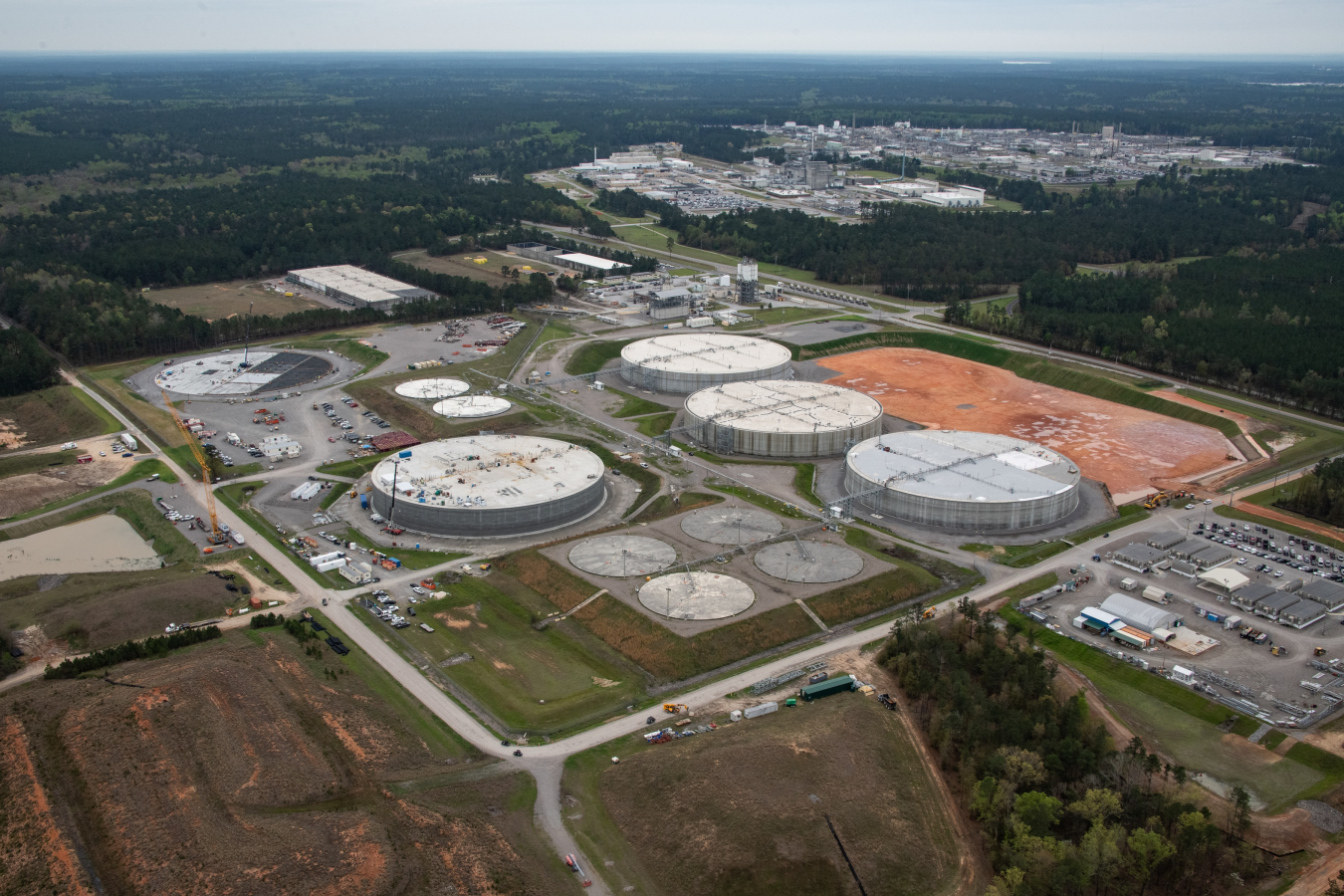Exactly How Liquid Waste Disposal Functions: An In-depth Overview of Methods and Technologies Utilized

Overview of Fluid Waste Kind
The complexity of fluid waste types necessitates a detailed understanding of their qualities and effects for disposal. Fluid waste can generally be classified right into several kinds, including industrial, municipal, farming, and dangerous waste. Each classification shows distinctive residential or commercial properties, calling for particular administration strategies to mitigate ecological and health and wellness threats.
Industrial fluid waste stems from manufacturing procedures and commonly consists of a series of pollutants, such as hefty steels, solvents, and natural substances. Community liquid waste, largely consisting of wastewater from houses and commercial facilities, consists of natural matter, nutrients, and pathogens (industrial wastewater treatment). Agricultural fluid waste, including drainage from farms, may consist of fertilizers, chemicals, and animal waste, posturing threats to water quality and ecosystems
Dangerous fluid waste is characterized by its poisoning, reactivity, or prospective to create harm. Understanding these diverse liquid waste types is vital for creating efficient disposal methods and ensuring compliance with environmental policies.
Physical Therapy Approaches

Testing is the first step, where larger fragments and debris are removed from the fluid waste using displays or grates. This process secures downstream devices from damages and ensures smoother operation. Adhering to screening, sedimentation makes use of gravitational pressure to separate solids from fluids. In sedimentation tanks, much heavier bits settle near the bottom, forming a sludge layer, while the clarified fluid can be more treated.
Filtering is another important method that involves passing the fluid via permeable products, such as sand or membranes, to capture smaller sized particles. This action boosts the top quality of the fluid, making it appropriate for succeeding treatment processes.

Chemical Therapy Strategies
Chemical therapy methods are crucial for efficiently taking care of liquid waste, specifically in resolving dissolved and colloidal impurities that physical techniques may not properly remove. These techniques utilize different chemical representatives to counteract, speed up, or change harmful compounds right into much less dangerous kinds.
One usual approach is coagulation and flocculation, where chemicals such as alum or ferric chloride are added to promote the gathering of put on hold bits. This process improves sedimentation, enabling less complicated elimination of the resulting sludge. In view addition, oxidation procedures, utilizing agents like chlorine or ozone, are used to break down intricate organic compounds and pathogens, making the waste much safer for discharge or additional treatment.
Neutralization is one more crucial technique, which adjusts the pH of acidic or alkaline waste streams to neutral levels, protecting against prospective injury to downstream systems and the setting. Furthermore, advanced oxidation procedures (AOPs) use combinations of oxidants and ultraviolet light to degrade relentless toxins, attaining a greater level of therapy efficiency.
Organic Treatment Processes
Organic treatment procedures play a crucial function in the monitoring of fluid waste by making use of microorganisms to decay raw material and lower impurity degrees. These processes can be generally classified into anaerobic and cardio therapies, each using specific microbial areas to attain effective waste destruction.
Cardiovascular therapy includes making use of oxygen to help with the break down of organic materials by germs. This procedure is frequently implemented in activated sludge systems, where oygenation tanks provide a helpful environment for microbial growth, leading to the oxidation of organic pollutants. The resultant biomass can be divided from dealt with effluent through sedimentation.
On the other hand, anaerobic therapy occurs in the lack of oxygen, relying on various bacteria to damage down organic issue. This approach is especially beneficial for high-strength waste, as it generates biogas, a renewable power source, while decreasing sludge manufacturing. Technologies such as anaerobic digesters are regularly used in municipal and commercial applications.
Both anaerobic and cardio biological treatments not just reduce the ecological influence of liquid waste yet likewise facilitate source recovery, making them essential elements of sustainable waste administration approaches. Their versatility, performance, and efficiency sustain their widespread application throughout various fields.
Emerging Technologies in Disposal
Cutting-edge methods to liquid waste disposal are rapidly evolving, driven by developments in technology and a boosting emphasis on sustainability. Among these arising technologies, membrane bioreactors (MBRs) have acquired grip for their capability to combine organic treatment with membrane purification, causing top notch effluent that can be reused in various applications. MBRs enable Visit This Link smaller footprints and a lot more effective procedures contrasted to standard systems.
Another promising development is making use of anaerobic digestion incorporated with nutrient healing innovations, which not just deals with fluid waste yet additionally produces biogas and recuperates beneficial nutrients like nitrogen and phosphorus. This dual advantage boosts source effectiveness and minimizes environmental effect.
In addition, advanced oxidation processes (AOPs) are being adopted for the degradation of complex natural toxins. These methods use powerful oxidants and catalysts to damage down pollutants click reference at the molecular level, offering a very reliable solution for challenging waste streams.
In addition, the combination of expert system and equipment understanding in waste administration systems is enhancing operational performance and predictive maintenance, bring about decreased costs and boosted ecological compliance. These modern technologies show a significant shift towards even more sustainable and reliable liquid garbage disposal methods.
Verdict
In conclusion, effective liquid waste disposal demands a comprehensive understanding of various methods and technologies. By continuously advancing these methods, it comes to be feasible to resolve the growing challenges associated with fluid waste, inevitably adding to environmental security and resource recovery.
Fluid waste disposal is an important aspect of environmental management, requiring a comprehensive understanding of numerous strategies and modern technologies tailored to different waste kinds. Fluid waste can extensively be classified into a number of types, including industrial, community, agricultural, and harmful waste. Agricultural fluid waste, consisting of runoff from ranches, might have plant foods, chemicals, and animal waste, positioning dangers to water quality and communities.
Different physical treatment methods play a crucial role in managing fluid waste properly - industrial wastewater treatment.In final thought, efficient liquid waste disposal necessitates a thorough understanding of different methods and innovations